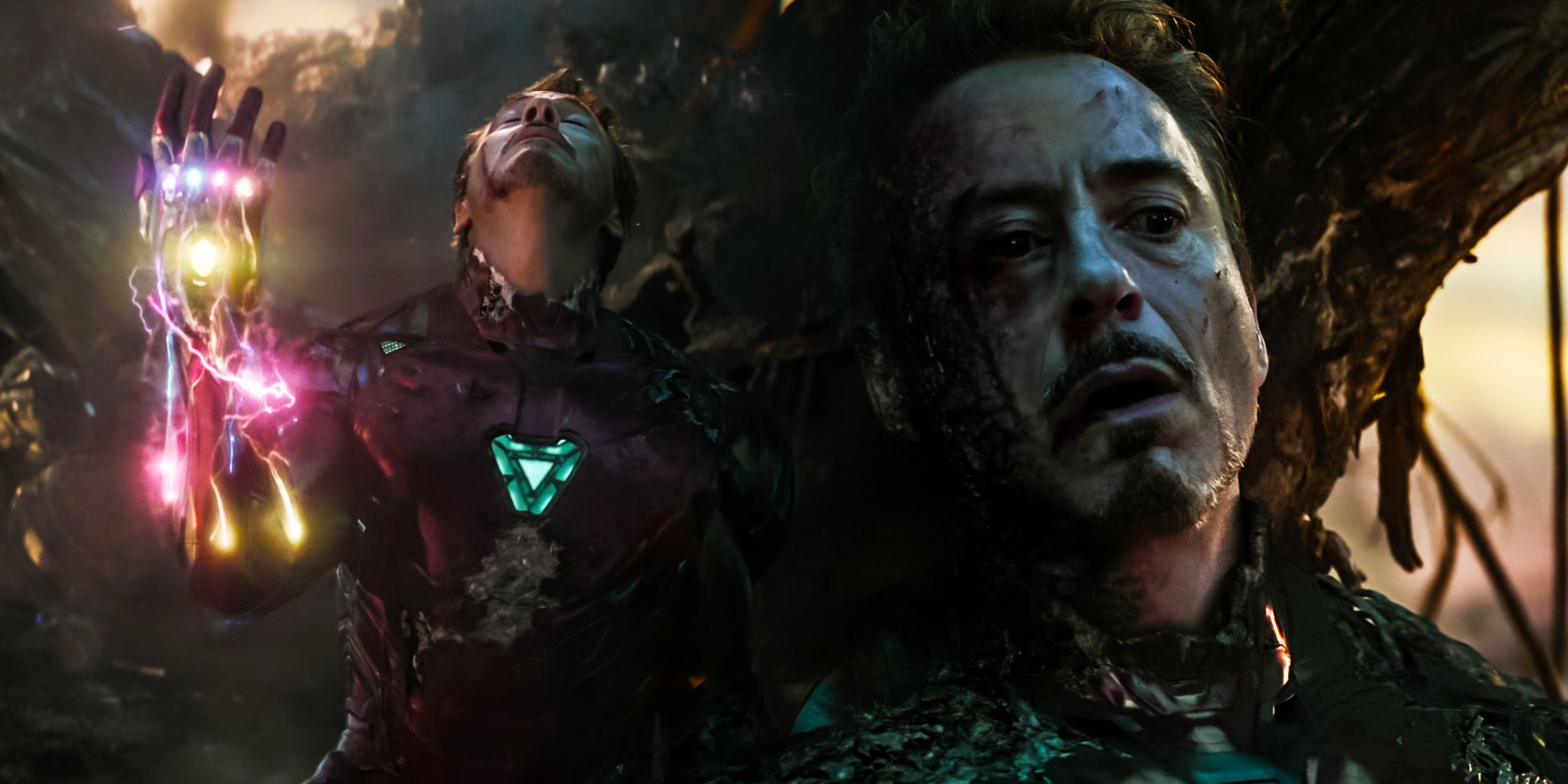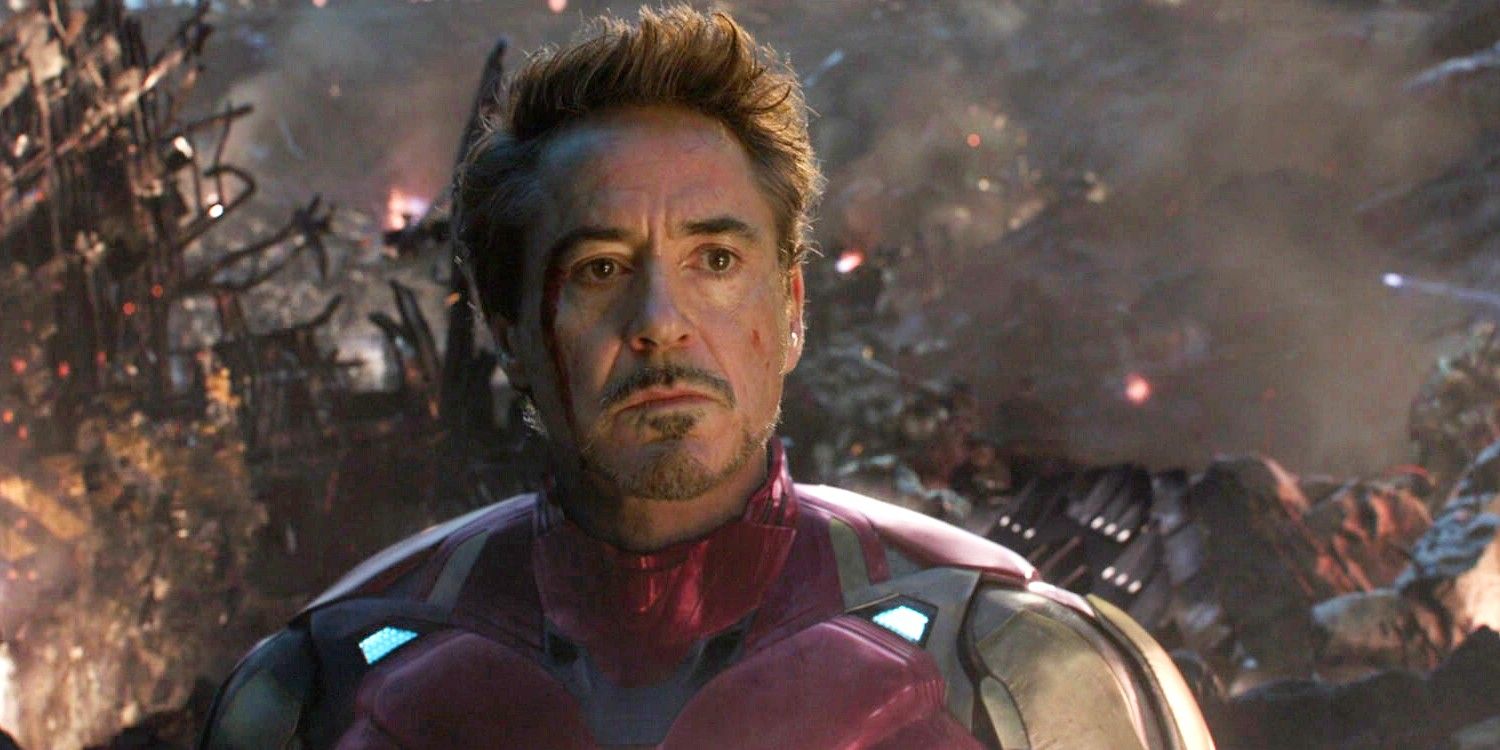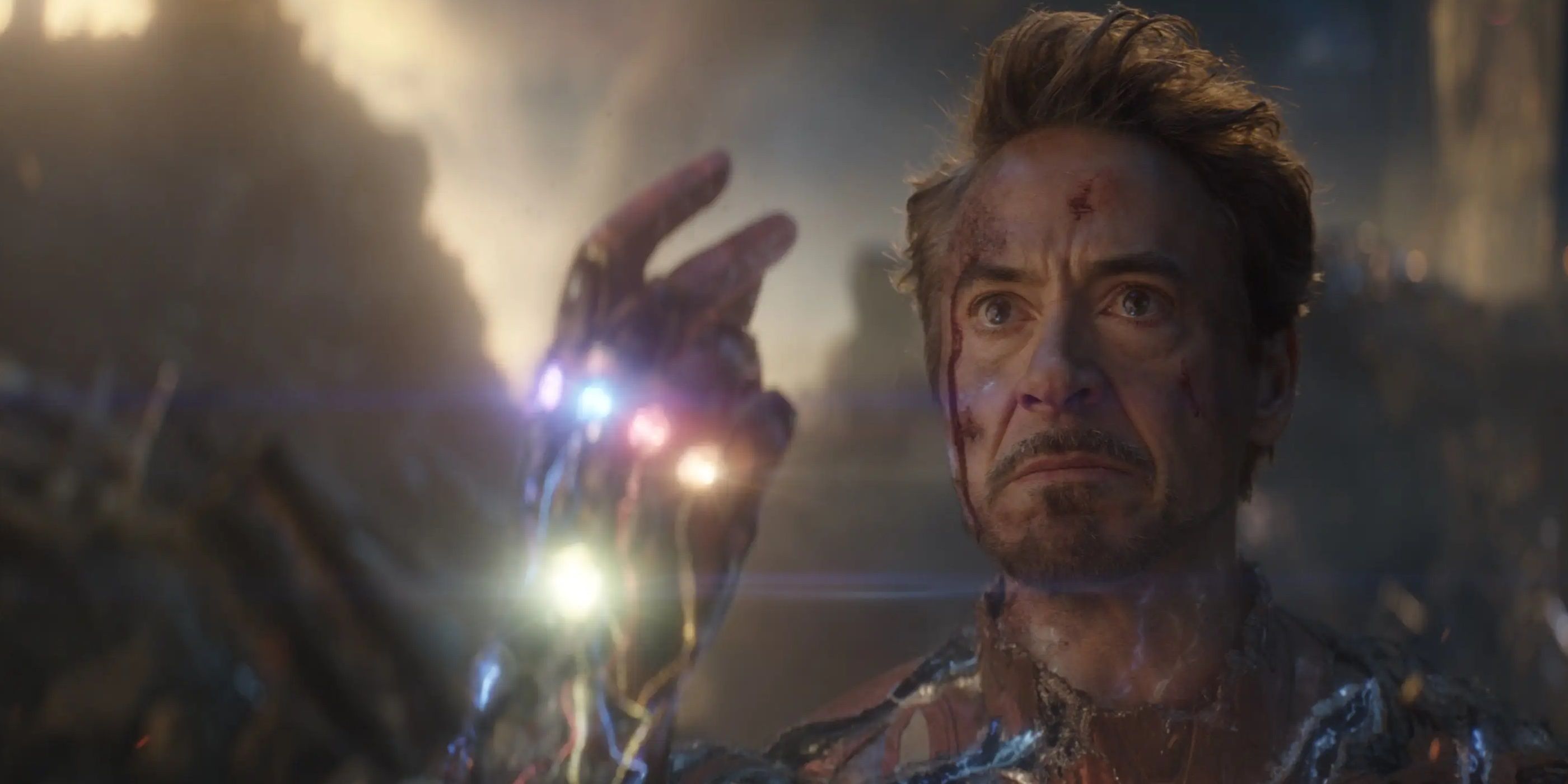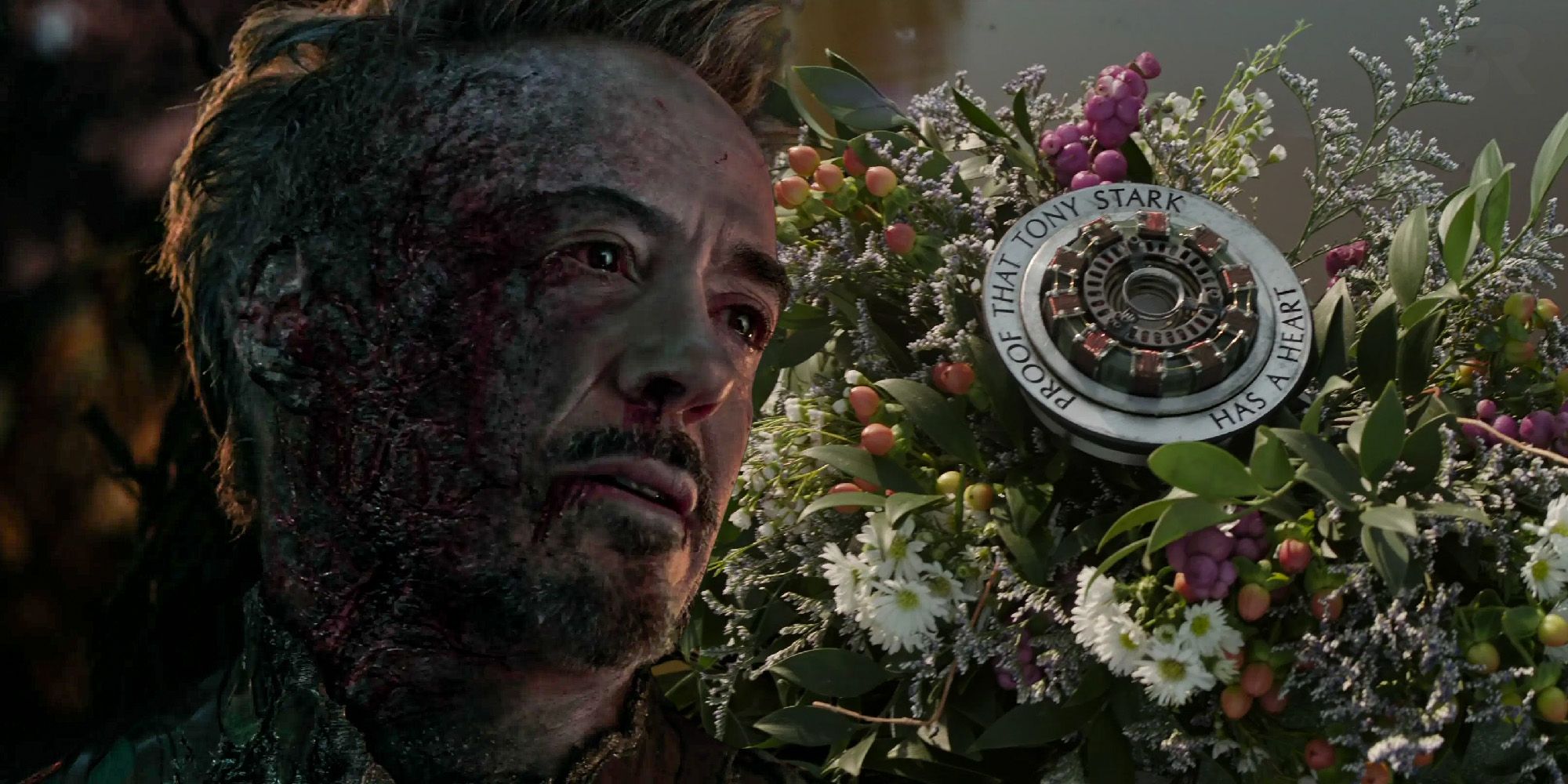
Avengers: Endgame marked the end of the arcs of most of the original Avengers and saw the death of Iron Man – but is Tony Stark’s demise a Marvel Cinematic Universe plot hole? Iron Man is the hero who led the first three phases of the MCU as his first solo movie was the one that kicked off this connected universe, and he was also the first recruit for the Avengers Initiative. Iron Man became the co-leader of the Avengers alongside Captain America, but he struggled with what being a “hero” is about and with living up to the expectations of others throughout his whole run in the MCU.
Although Iron Man was responsible for many villains in the MCU, he was also key in saving the world multiple times, such as when he intercepted a nuclear missile and took it through a wormhole in The Avengers and when he (along with Thor) prevented global extinction in Avengers: Age of Ultron. However, Tony’s biggest heroic act happened in Avengers: Endgame, where during the Battle of Earth, between all the MCU heroes and Thanos and his armies, he took the Infinity Stones away from the Mad Titan and mounted them in his own glove, allowing him to snap his fingers and make Thanos and company disappear for good.
However, this came with a huge prize as Iron Man’s body couldn’t handle the power of all the Infinity Stones, and even though he saved the universe, he didn’t live to see a post-Endgame MCU. Iron Man is now gone, but a meme has sparked discussion over whether his death could have been prevented and if it’s, ultimately, an MCU plot hole – but the truth is that Iron Man had to die in Avengers: Endgame, and there’s an important detail that debunks the idea of it being a plot hole and him having a chance to save himself.

Avengers: Infinity War and Avengers: Endgame are the peak of the MCU so far, bringing together all the active heroes in this universe to fight Thanos and his armies, and because of the importance of the events in both movies, these continue to be topics of debate on social media and different forums. Of course, there have been countless memes about key events from both Infinity War and Endgame, and one of them has made way for the question of whether Iron Man’s death is a plot hole or not. The meme, which can be found on Reddit, shows Thanos saying “I am inevitable” right before snapping his fingers and realizing he no longer has the stones, and below is Iron Man, with the stones, with the following lines:
“And I am… going to quickly hand this glove off to someone else. There's a whole bunch of powerful beings on our side, all right here. Plus, I can fly. And you're not much of a threat without the stones. Also, it'd be reckless to leave my young daughter behind for literally no reason. I can actually see Captain Marvel from where I'm standing”.
The point of the meme is to suggest Iron Man could have saved himself and given the responsibility of handling the Stones and getting rid of Thanos and company to someone else rather than doing it himself and thus dying in the process. However, even though there were definitely other, more powerful beings in attendance at the Battle of Earth who could have survived using the power of the Stones, there are some important details – both technical and narrative – that completely debunk the idea of Iron Man’s death being an MCU plot hole.

The meme suggests that Iron Man could have handed the glove with the stones to someone else, but there’s one important detail that makes that impossible: Iron Man wasn’t wearing a gauntlet, it was part of his suit. Following the “blip” in Avengers: Infinity War, the surviving heroes planned the Time Heist to get the Infinity Stones from different points in time, mount them on the gauntlet, and bring everyone back with one final snap. The original gauntlet was left charred and useless after Thanos used it, so Tony Stark, Bruce Banner, and Rocket Raccoon created the nano gauntlet. As the name says, this gauntlet was made with nanotechnology, just like Iron Man’s Mark LXXXV armor, and while it could hold the Stones, it couldn’t contain their power as well as the Infinity Gauntlet. Although this meant that the energies of the Stones would wound the user, it also seemed to repair itself, as when Thanos got his hands on it, it didn’t seem damaged.
Although the heroes did their best to keep the nano gauntlet away from Thanos, he eventually got it with the Stones mounted on it. Iron Man tried to take it away from him, and while doing so, the stones were stripped from the gauntlet and onto Iron Man’s armor. Tony, then, wasn’t wearing the nano gauntlet nor any type of glove he could have taken off and handed to someone more powerful, and instead the stones adapted to the nanotechnology of the Iron Man armor. As the battlefield was quite chaotic and everyone had to think and act fast in order to keep the Stones and the nano gauntlet away from Thanos, even if Iron Man had had the chance of taking the “glove” off and handing it to a more powerful character, time was ticking, and the only way was to use the Infinity Stones immediately.

Iron Man had no way out when he got the Infinity Stones from Thanos and mounted them on his suit, but he also had no way out in terms of narrative. As mentioned above, Iron Man was the hero that started it all in the MCU and served as the leader of this connected universe, and the audience saw him go through a whole journey from a narcissistic billionaire that didn’t care what his company did or didn’t do to help the world, to an actual superhero who sacrificed himself to save the universe. Tony’s journey wasn’t easy, and he constantly struggled with the concept of a hero, what the world expected from him, and his own, inner demons, but his sacrifice – which was even more tragic as he already had a family with Pepper Potts – proved that he was a real hero.
Directors Joe and Anthony Russo explained that Tony Stark had to die in Avengers: Endgame precisely because of this, as Iron Man was a hero that fought his ego throughout his whole MCU run, and having him die to save the universe was the ultimate heroic deed and one that the audience might have not expected (as opposed to Captain America, who would have been a predictable death). Iron Man’s death also had to happen in order to bring this first chunk of MCU history to an end, as he kicked off this universe in 2008 and it was only fitting that his death would close this chapter. Iron Man’s death in Avengers: Endgame was definitely heartbreaking but necessary in terms of narrative and how his arc was developed, and while it would have been nice if he had had a way out, even if he missed it as he had to act fast, the truth is that the only thing he could have done was snap his fingers and sacrifice himself to save the universe.
Comments
Post a Comment